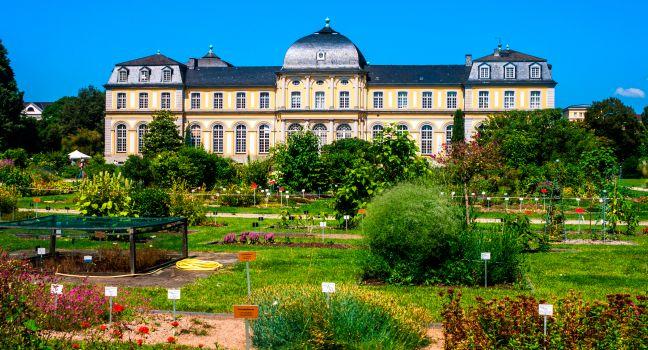Walking through the pleasant area that was once the government district is like taking a trip back in time, to an era when Bonn was still the sleepy capital of West Germany. Bordered by Adenauerallee, Kaiser-Friedrich-Strasse, Franz-Josef-Strasse, and the Rhine, the quarter boasts sights such as the Bundeshaus, which includes the Plenarsaal (Plenary Hall). Designed to serve as the new Federal Parliament, the Bundeshaus was completed only seven years before the capital was relocated to Berlin in 1999. A few steps away, you'll find the historic Villa Hammerschmidt, the German equivalent of the White House. This stylish neoclassical mansion began serving as the federal president's permanent residence in 1950, and is still his home when he stays in Bonn. Equally impressive is the Palais Schaumburg, another fine example of the Rhein Riveria estates that once housed the Federal Chancellery (1949–76). It became the center of Cold War politics during the Adenauer administration.




